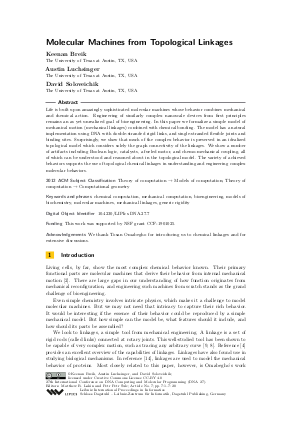LIPIcs.DNA.27.7.pdf
- Filesize: 1 MB
- 20 pages

 Creative Commons Attribution 4.0 International license
Creative Commons Attribution 4.0 International license
















Feedback for Dagstuhl Publishing